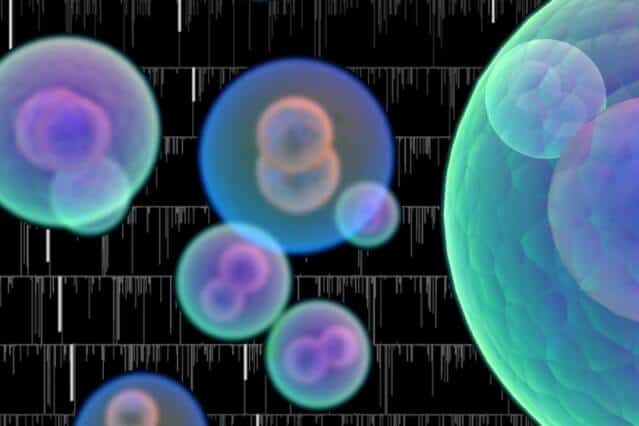The classic Turing test evaluates a machine’s ability to mimic human behavior and intelligence. To pass, a computer must fool the tester into thinking it is human–typically through the use of questions and answers. But single-celled organisms can’t communicate with words. So this week in ACS Central Science, researchers demonstrate that certain artificial cells can pass a basic laboratory Turing test by “talking” chemically with living bacterial cells.
Sheref S. Mansy and colleagues proposed that artificial life would need to have the ability to interact seamlessly with real cells, and this could be evaluated in much the same way as a computer’s artificial intelligence is assessed.
To demonstrate their concept, the researchers constructed nano-scale lipid vessels capable of “listening” to chemicals that bacteria give off. The artificial cells showed that they “heard” the natural cells by turning on genes that made them glow. These artificial cells could communicate with a variety of bacterial species, including V. fischeri, E. coli and P. aeruginosa. The authors note that more work must be done, however, because only one of these species engaged in a full cycle of listening and speaking in which the artificial cells sensed the molecules coming from the bacteria, and the bacteria could perceive the chemical signal sent in return.
If our reporting has informed or inspired you, please consider making a donation. Every contribution, no matter the size, empowers us to continue delivering accurate, engaging, and trustworthy science and medical news. Independent journalism requires time, effort, and resources—your support ensures we can keep uncovering the stories that matter most to you.
Join us in making knowledge accessible and impactful. Thank you for standing with us!

